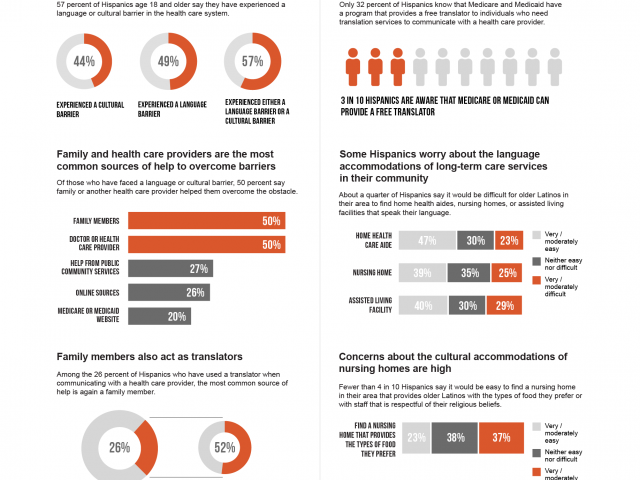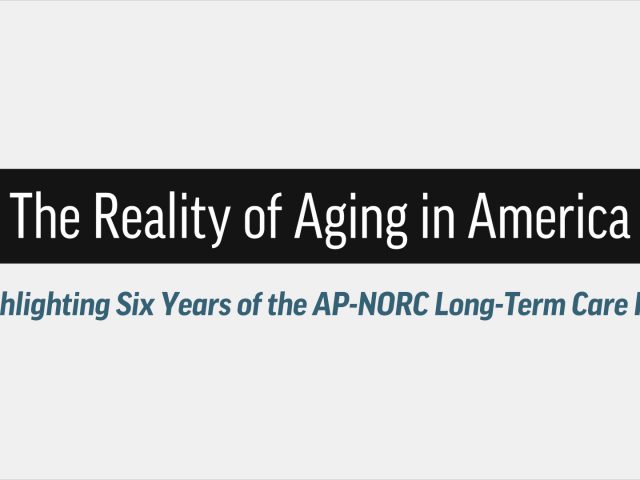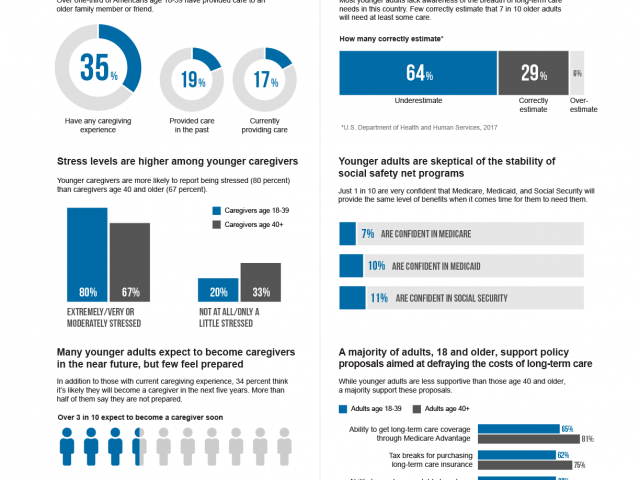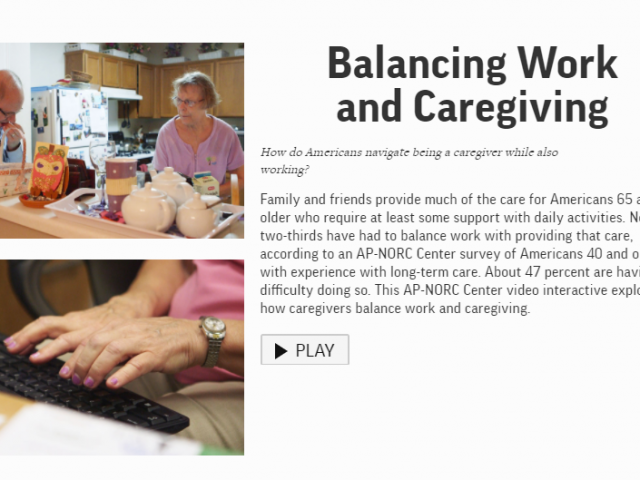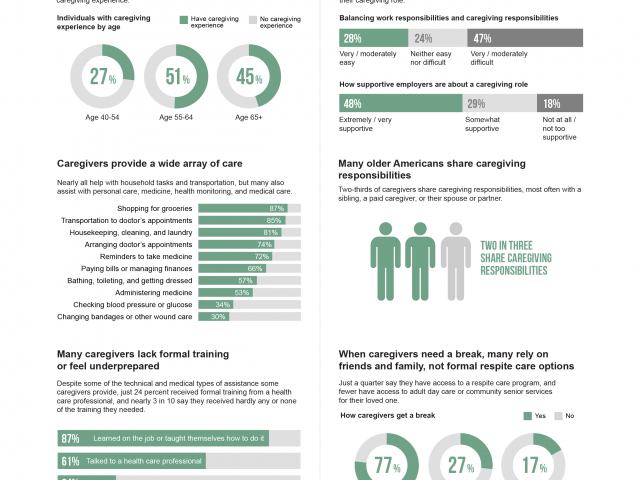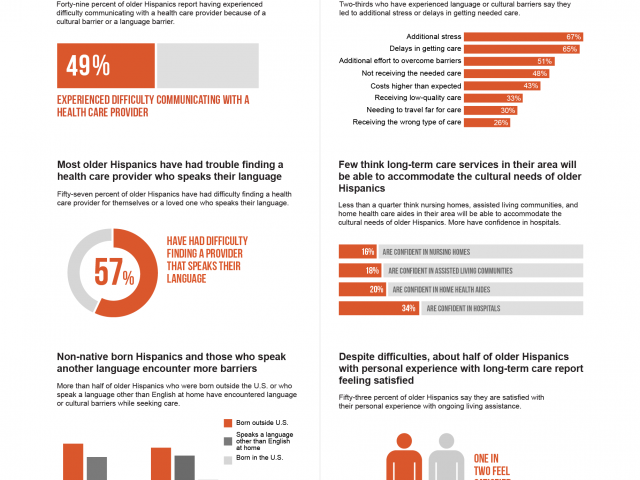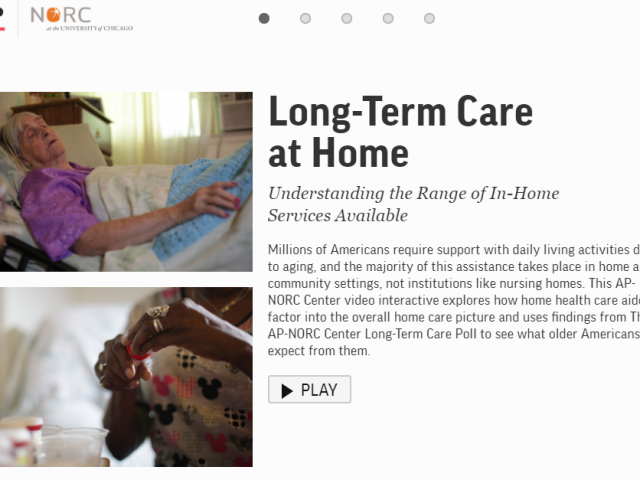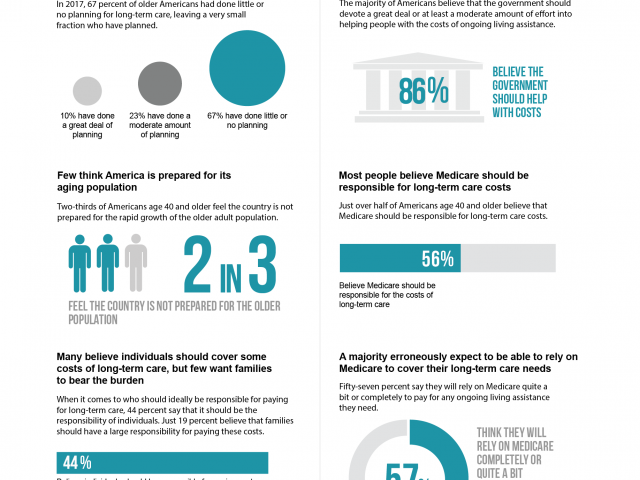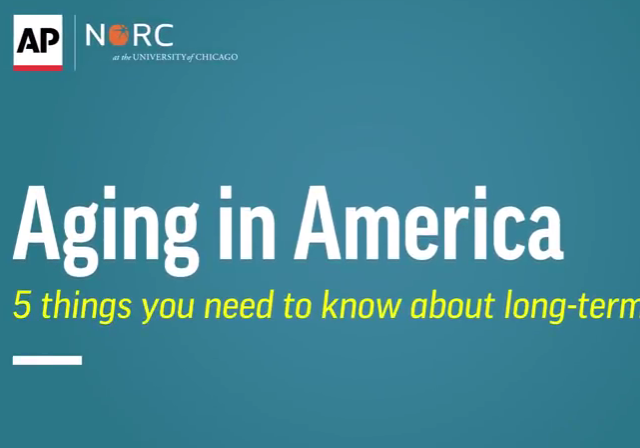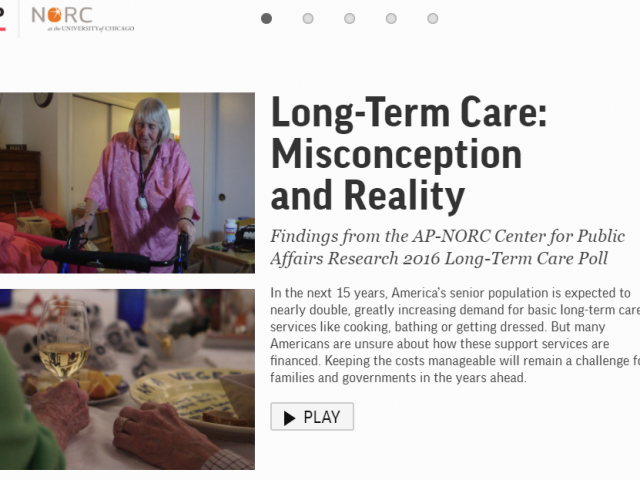Infographic – Hispanics call upon family and health care providers to resolve language and cultural barriers in health care (2018)
More than half of Hispanic adults say they have encountered a communication barrier in the health care system, and they most often turn to family and health care providers for support in overcoming these obstacles, according to a new survey by The Associated Press-NORC Center for Public Affairs Research.

